Unveiling the mysteries behind classic novels and their creators, this article uncovers 15 little-known facts that add depth and intrigue to these timeless works of literature. From curious anecdotes to insights into the authors’ lives, prepare to explore the hidden gems of literary history.
Mary Shelley’s “Frankenstein” was inspired by a nightmare
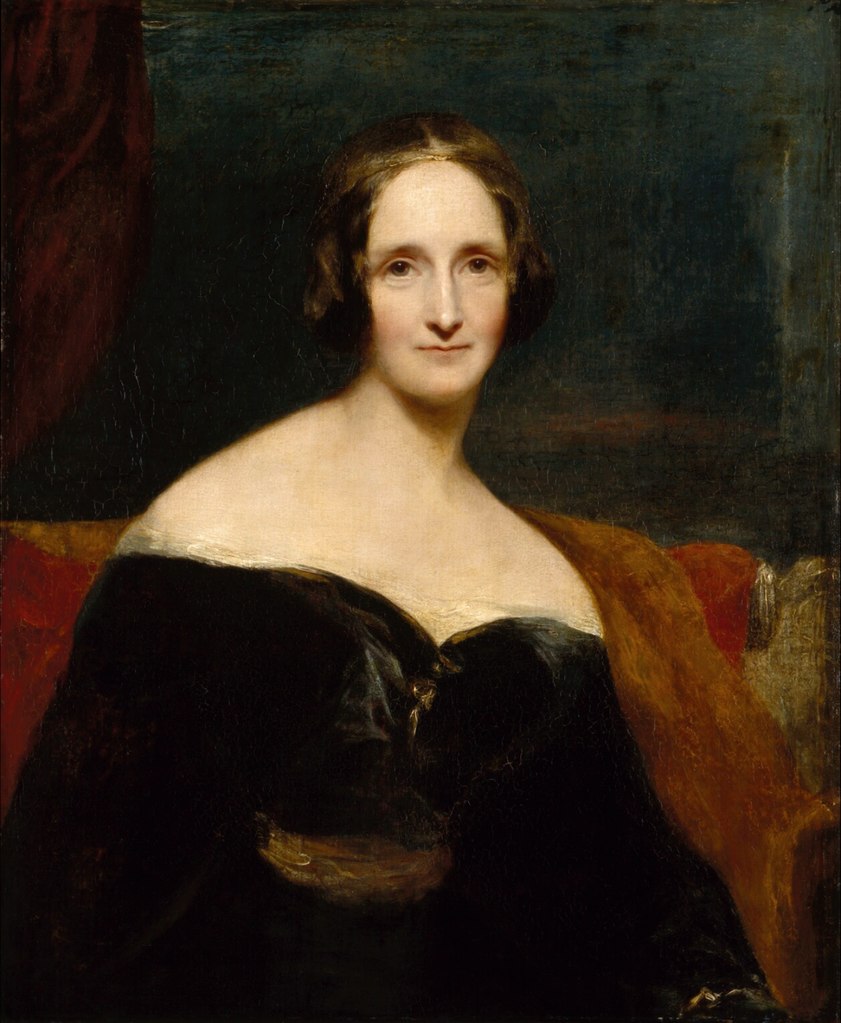
Mary Shelley’s iconic novel “Frankenstein” was famously born out of a nightmare she experienced. The story goes that during a stormy night in 1816, Shelley had a vivid dream about a scientist who created life and was horrified by his own creation. This nightmare served as the spark for her groundbreaking novel, which explores themes of creation, morality, and the consequences of unchecked ambition. Shelley’s personal experience adds a hauntingly authentic depth to the narrative, enriching its exploration of human nature and scientific ethics.
J.R.R. Tolkien invented languages before writing “The Hobbit”
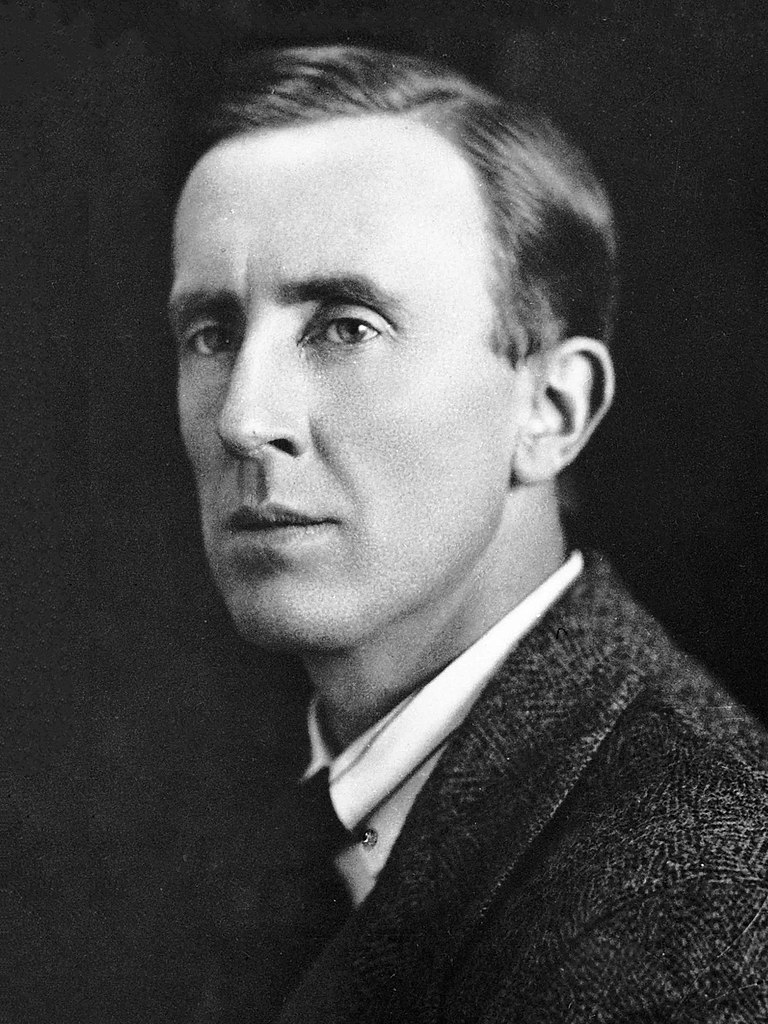
Long before J.R.R. Tolkien embarked on the epic journey of “The Hobbit” and “The Lord of the Rings,” he was immersed in the creation of languages. As a philologist and linguist, Tolkien developed elaborate languages such as Elvish and Dwarvish, complete with grammar rules and vocabulary. These languages served as the foundation for his richly detailed fictional worlds, lending authenticity and depth to the cultures and societies depicted in his novels. Tolkien’s linguistic prowess not only enhanced the believability of Middle-earth but also showcased his unparalleled creativity as a storyteller.
Charles Dickens had a secret door in his study
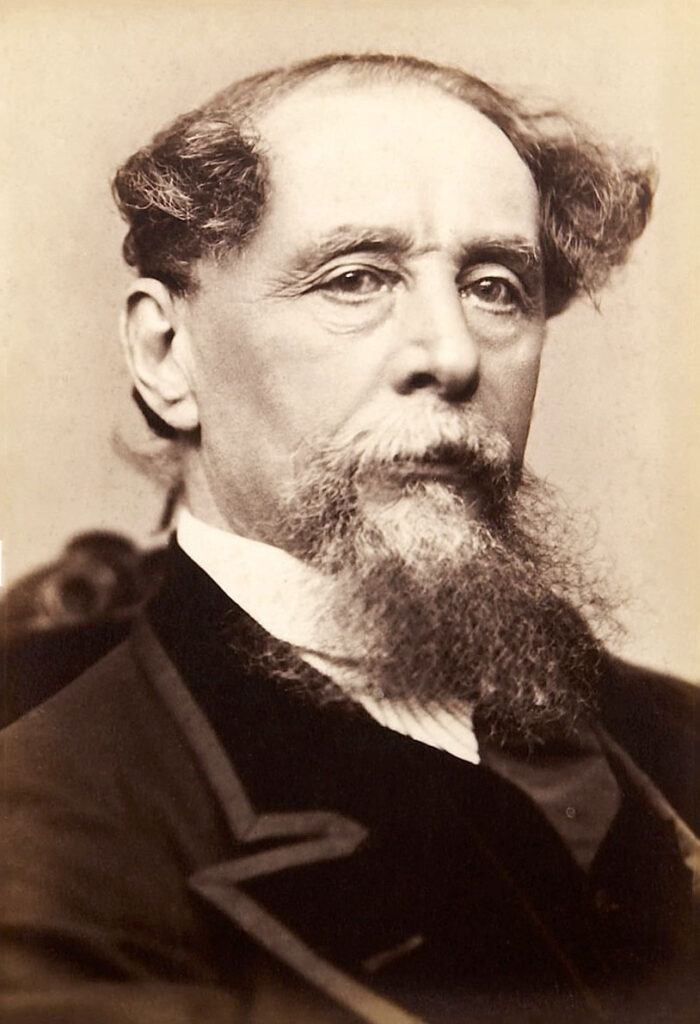
Charles Dickens, the master of Victorian literature, had a hidden door in his study that led to a private space where he could escape from the demands of his public life. This secret retreat allowed Dickens to find solitude and inspiration away from the bustling world outside. It’s said that he would spend hours pacing and dictating his stories to himself in this secluded haven, using his surroundings to fuel his imagination. The existence of this secret door offers a fascinating glimpse into Dickens’ creative process and the lengths to which he went to cultivate his craft.
Jane Austen initially published her novels anonymously
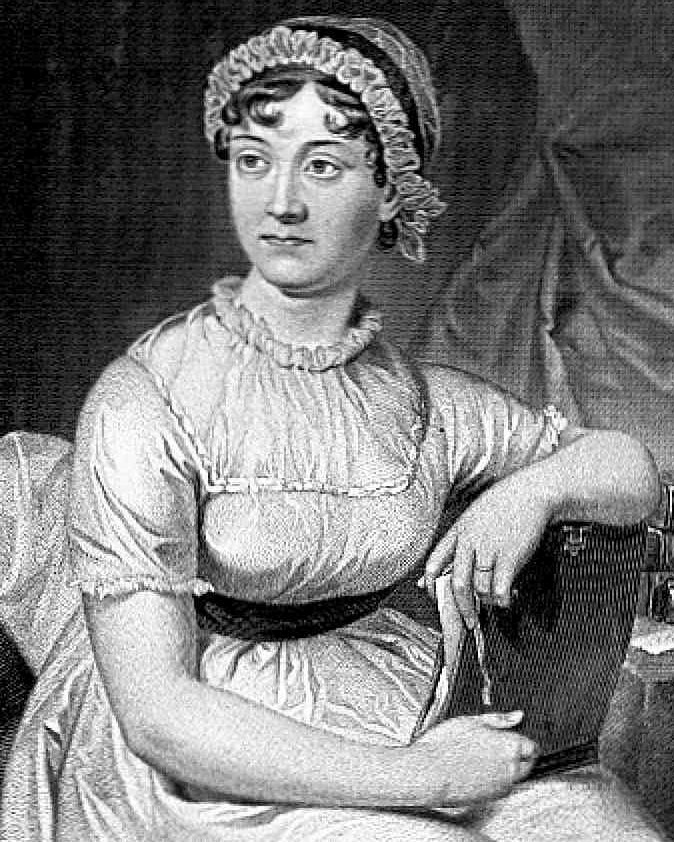
Despite being one of the most celebrated authors of English literature, Jane Austen initially published her novels anonymously. Her first published work, “Sense and Sensibility,” was credited simply as “By a Lady.” Austen’s decision to conceal her identity was influenced by societal norms of the time, which frowned upon women pursuing literary careers. However, her novels’ undeniable charm and wit eventually led to widespread acclaim, cementing her legacy as one of the greatest novelists in history. Austen’s choice to publish anonymously underscores the challenges faced by women writers in the male-dominated publishing industry of the 19th century and highlights her determination to let her work speak for itself.
Leo Tolstoy handwrote “War and Peace”
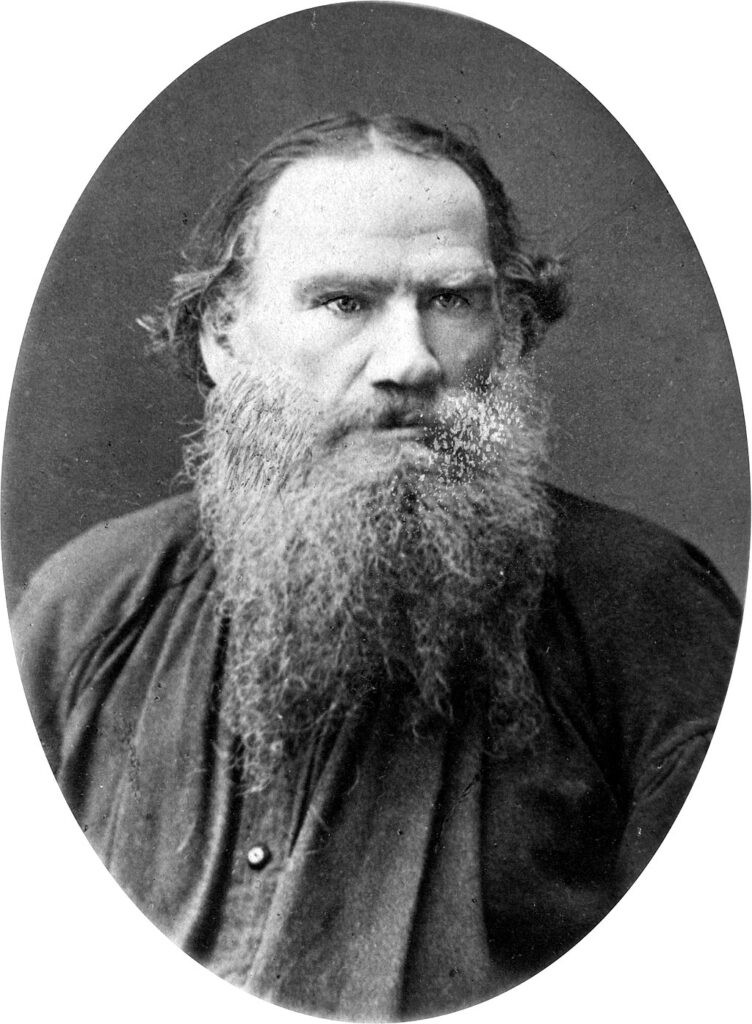
The monumental masterpiece “War and Peace” by Leo Tolstoy was famously written entirely by hand. Tolstoy penned this epic saga over the course of several years, meticulously crafting each page with his distinctive handwriting. This laborious process allowed Tolstoy to immerse himself fully in the world of his novel, enabling him to channel his thoughts and emotions directly onto the page. The handwritten manuscript of “War and Peace” not only symbolizes Tolstoy’s dedication to his craft but also serves as a tangible testament to the sheer magnitude of his literary achievement.
Emily Dickinson wrote over 1,800 poems, but only a handful were published during her lifetime
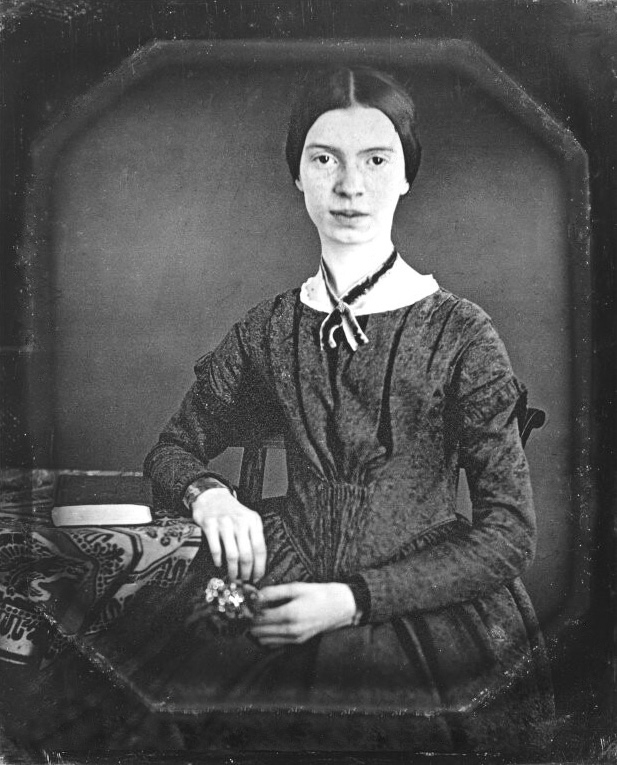
Despite her prolific output, Emily Dickinson remained relatively unknown as a poet during her lifetime. Only a handful of her poems were published anonymously, and it wasn’t until after her death that her full body of work was discovered and recognized for its profound insight and innovative style. Dickinson’s decision to withdraw from the public eye and her reluctance to seek publication highlight her fiercely independent spirit and her commitment to her art for its own sake.
Mark Twain invented the first typewriter with a “shift” key
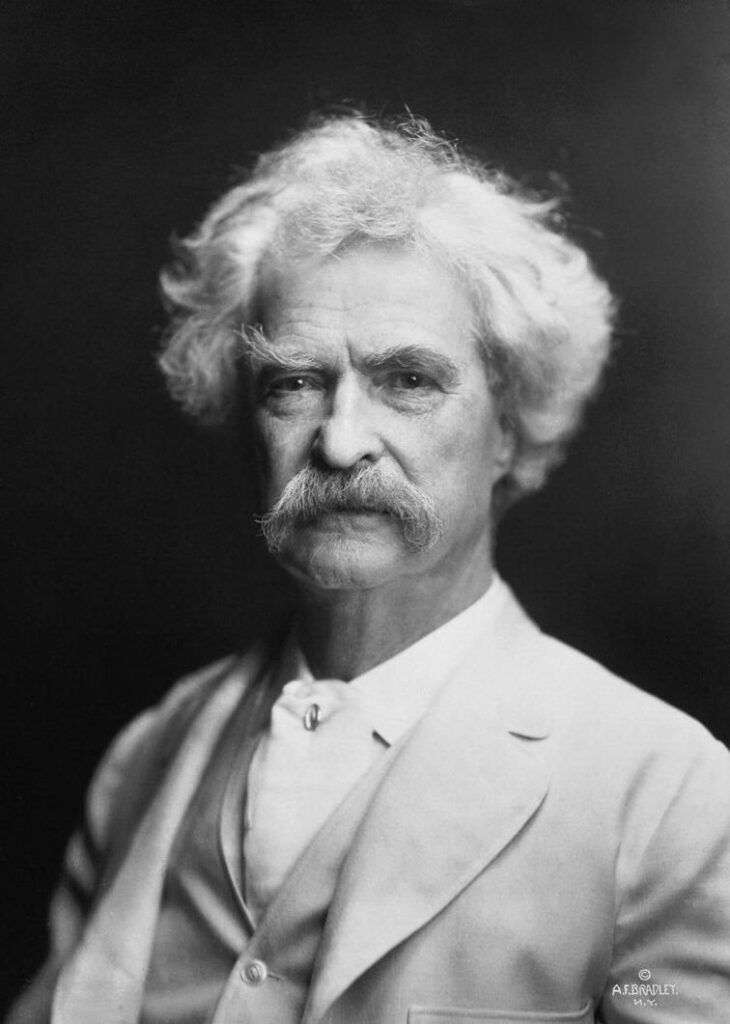
Mark Twain, renowned for his wit and humor, also made a significant contribution to technological innovation. In collaboration with the Remington Company, Twain patented the first typewriter with a “shift” key, allowing typists to switch between uppercase and lowercase letters—a feature that revolutionized the typewriter industry. Twain’s involvement in the development of this pioneering technology showcases his versatility as an inventor and his forward-thinking approach to solving practical problems.
Charlotte Brontë originally published “Jane Eyre” under the pseudonym “Currer Bell”
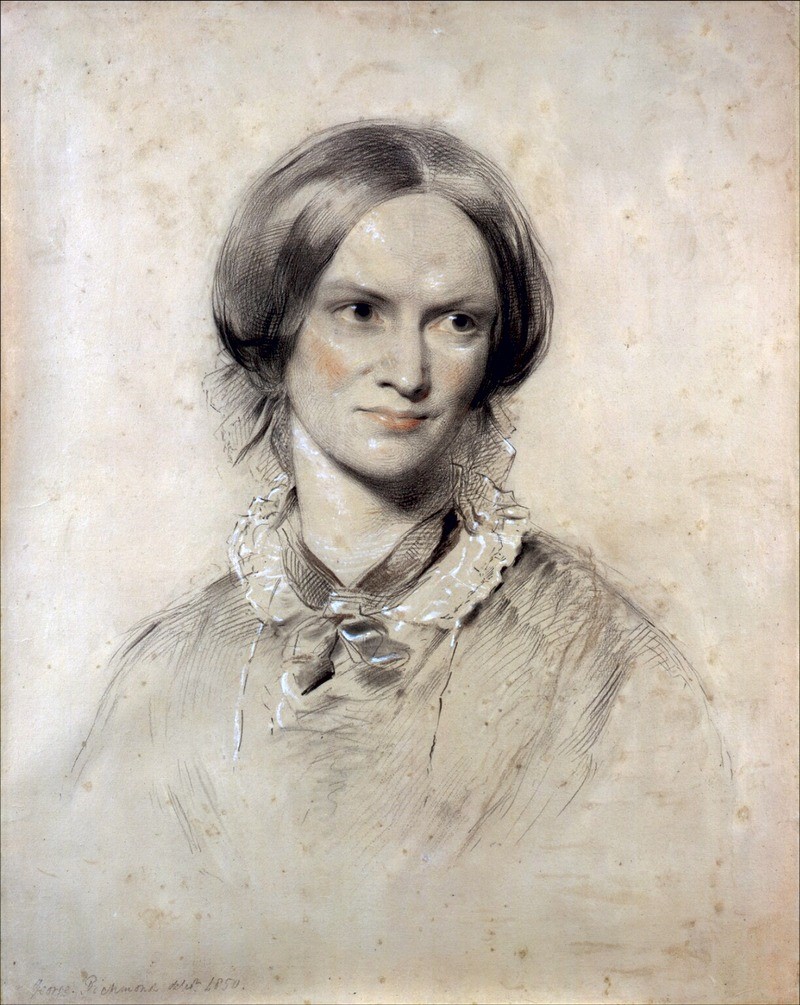
Like her sister Jane Austen, Charlotte Brontë chose to conceal her identity as a female author when publishing her novels. “Jane Eyre,” one of the most beloved classics of English literature, was first released under the male pseudonym “Currer Bell.” Brontë’s decision reflects the gender biases prevalent in the publishing industry of the 19th century and underscores the challenges faced by women writers striving for recognition and success. Despite the initial anonymity, “Jane Eyre” captivated readers with its powerful narrative and complex heroine, securing Brontë’s place in literary history.
Agatha Christie’s disappearance sparked a nationwide search
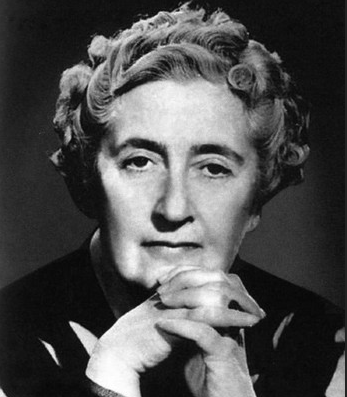
In December 1926, renowned mystery writer Agatha Christie disappeared under mysterious circumstances, sparking a massive manhunt that gripped the nation. Christie’s sudden disappearance, which lasted for 11 days, led to widespread speculation and media frenzy. Although she claimed amnesia as the cause, the true reasons behind her disappearance remain a subject of intrigue and speculation to this day. The episode captured the public imagination and added a real-life mystery to Christie’s already impressive repertoire of fictional whodunits.
F. Scott Fitzgerald was named after his distant cousin, Francis Scott Key
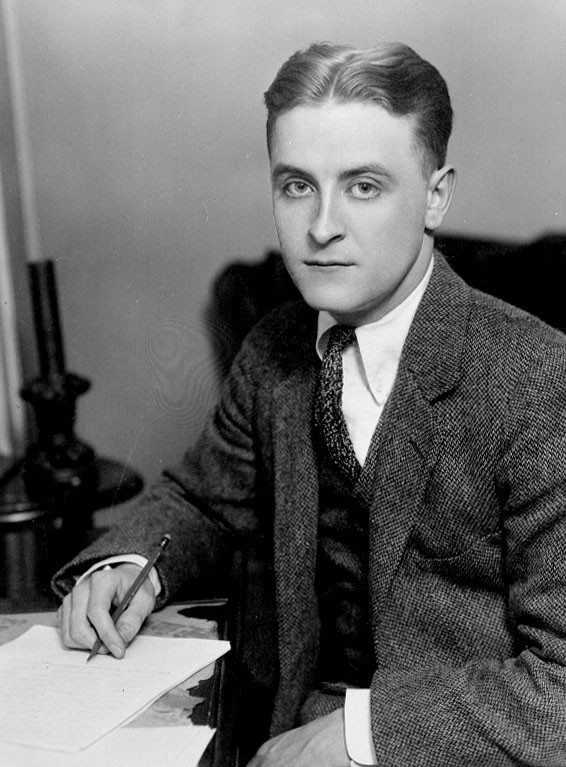
The acclaimed author of “The Great Gatsby,” F. Scott Fitzgerald, was named after his distant cousin, Francis Scott Key, who famously wrote the lyrics to “The Star-Spangled Banner.” This familial connection to a prominent figure in American history adds an interesting layer to Fitzgerald’s own legacy as one of the defining voices of the Jazz Age. Fitzgerald’s literary talent and his personal struggles with fame and fortune echo themes of ambition and disillusionment found in his iconic works.
Virginia Woolf wrote her novels standing up
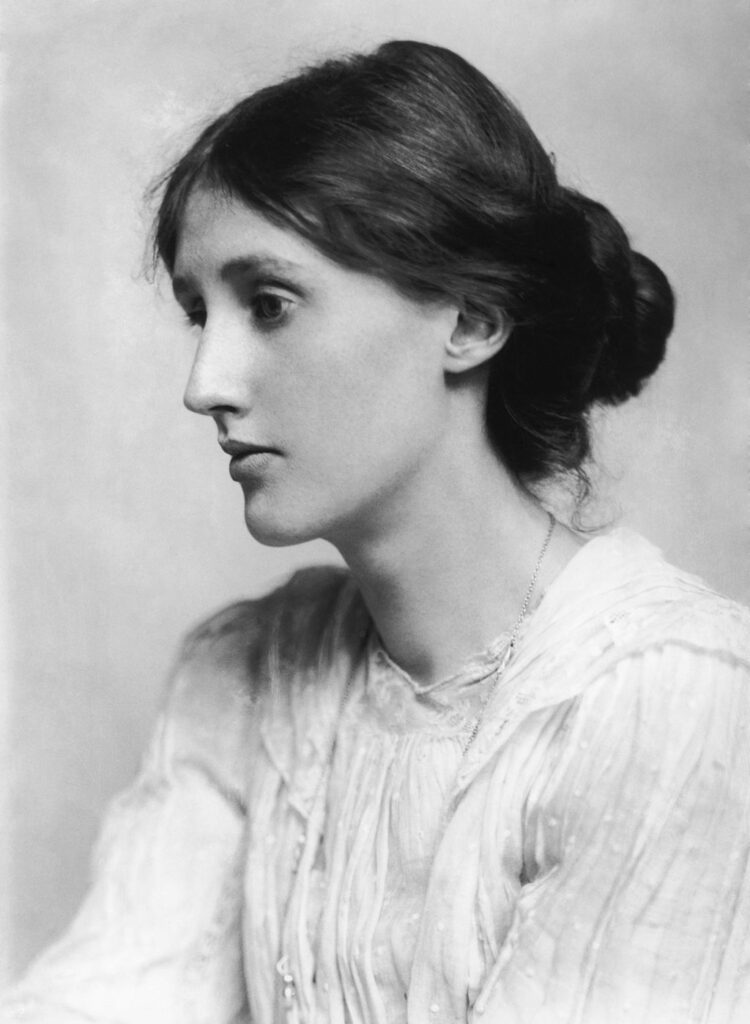
Virginia Woolf, a pioneer of modernist literature, had a unique writing habit—she preferred to stand while composing her novels. Woolf believed that standing helped her to think more clearly and enabled her to access her creativity more freely. This unconventional approach to writing reflects Woolf’s experimental spirit and her willingness to challenge traditional conventions in both life and art. Despite her untimely death, Woolf’s groundbreaking novels continue to inspire readers and writers alike with their innovative narrative techniques and profound exploration of human consciousness.
Herman Melville’s “Moby-Dick” was a commercial failure during his lifetime
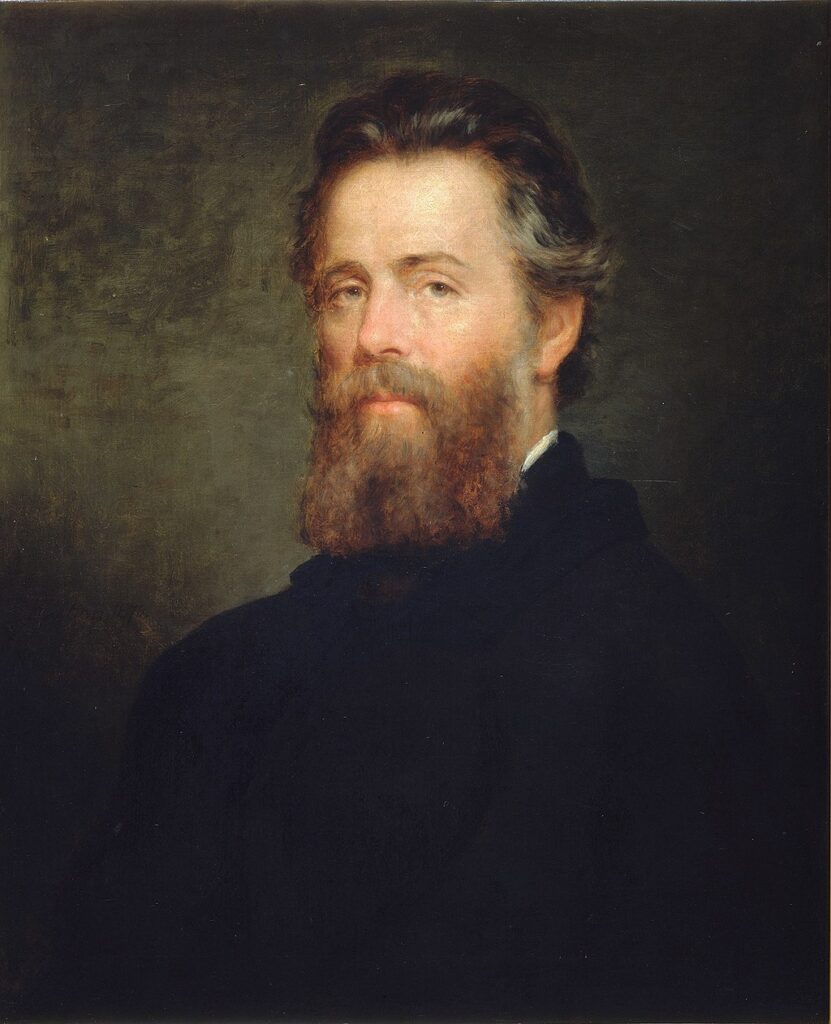
“Moby-Dick,” Herman Melville’s epic tale of obsession and revenge, was met with mixed reviews and poor sales when it was first published in 1851. Despite Melville’s earlier success as a writer, “Moby-Dick” failed to capture the public’s imagination and was largely ignored by contemporary readers. It wasn’t until decades later that the novel was reevaluated and recognized as a literary masterpiece. Melville’s experience highlights the unpredictable nature of literary success and the enduring power of perseverance in the face of initial disappointment.
Louisa May Alcott never wanted to write “Little Women”
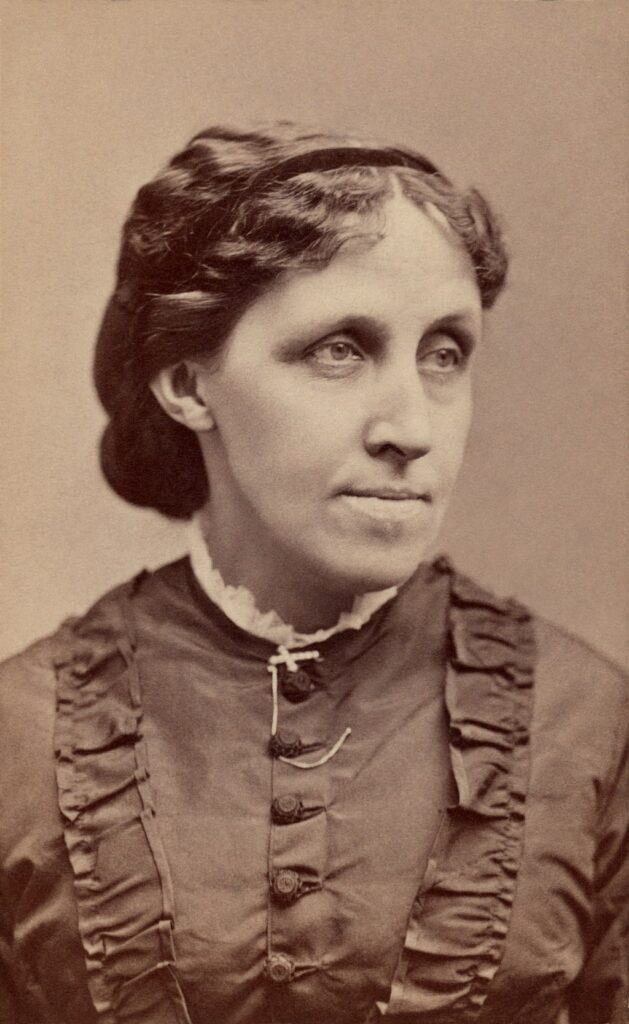
Surprisingly, Louisa May Alcott initially resisted writing “Little Women,” the novel that would become her most famous work. Pressured by her publisher to write a book for girls, Alcott reluctantly began crafting the story of the March sisters. Despite her initial reservations, “Little Women” resonated deeply with readers, becoming an instant classic and solidifying Alcott’s reputation as one of America’s most beloved authors. Alcott’s conflicted feelings toward the novel add depth to its themes of identity, ambition, and family bonds.
Ernest Hemingway survived multiple plane crashes
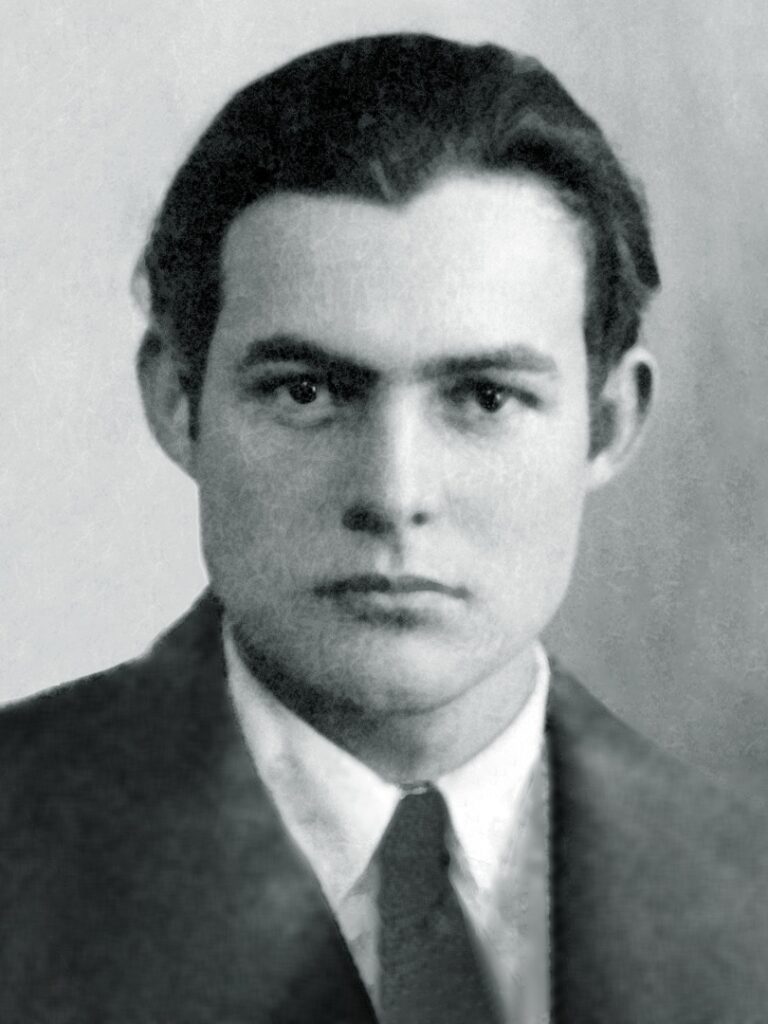
Beyond his legendary literary career, Ernest Hemingway lived a life filled with adventure and danger. He survived not one, but two plane crashes in his lifetime, the first during World War I and the second while on safari in Africa. These harrowing experiences left a lasting impact on Hemingway, shaping his writing and adding a sense of urgency and existentialism to his work. Hemingway’s firsthand encounters with mortality and the fragility of life are reflected in the themes of courage, endurance, and stoicism that permeate his novels.
Edgar Allan Poe married his 13-year-old cousin
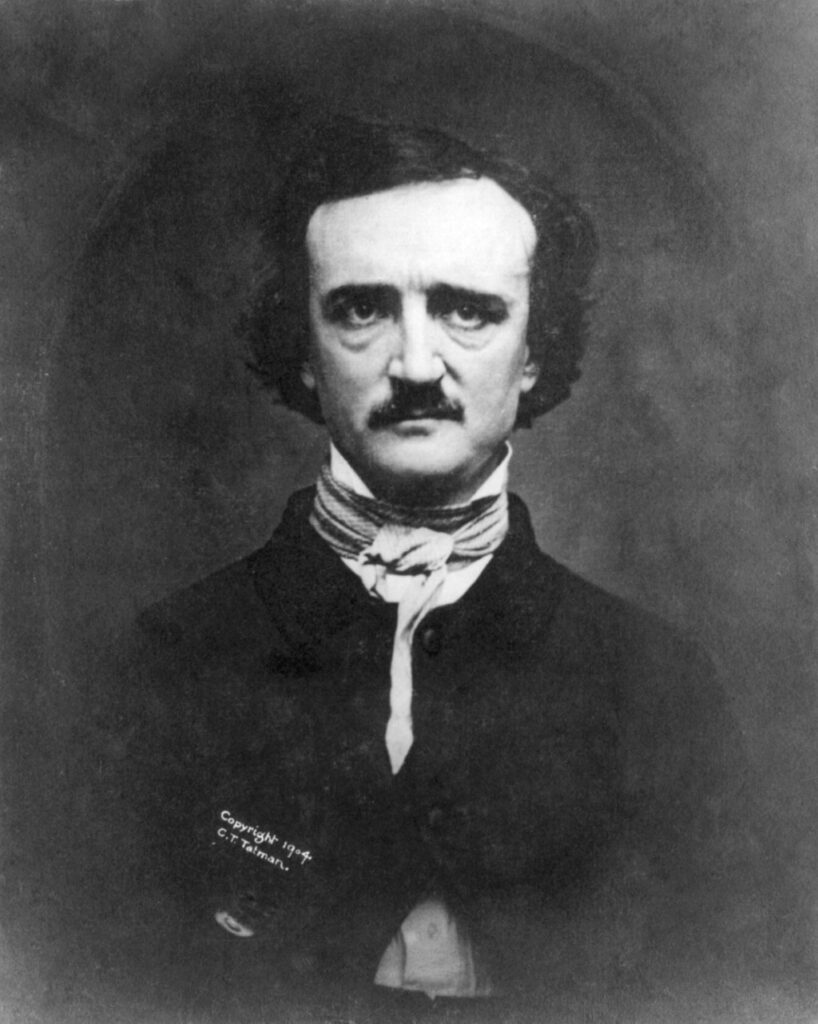
Edgar Allan Poe’s personal life was as enigmatic and tragic as his haunting tales of the macabre. At the age of 27, Poe married his 13-year-old cousin, Virginia Clemm, in a union that raised eyebrows even in the 19th century. Despite the unconventional nature of their relationship, Poe and Virginia remained devoted to each other until her untimely death at the age of 24. The complexities of Poe’s personal life, including his tumultuous relationships and struggles with addiction and mental illness, add a layer of darkness and intrigue to his enduring legacy as the master of Gothic fiction.
This article originally appeared on UnifyCosmos.
More from UnifyCosmos
22 Little Things That Mean a Lot in Every Relationship

In relationships, small gestures like a gentle touch or a shared smile can hold immense significance, creating strong bonds between individuals. Read more!
23 Exotic Fruits and How to Enjoy Them

In this article, we’ll explore some of these rare gems, learn about their tastes, and discover the best ways to enjoy them. Read more!
20 Astonishing Facts About the Human Body You Never Learned in School

Uncover the resilience of bones, the complexity of the brain, and more. These intriguing insights will deepen your appreciation for the extraordinary capabilities and quirks that define us as humans. Read more!
Leave a Reply